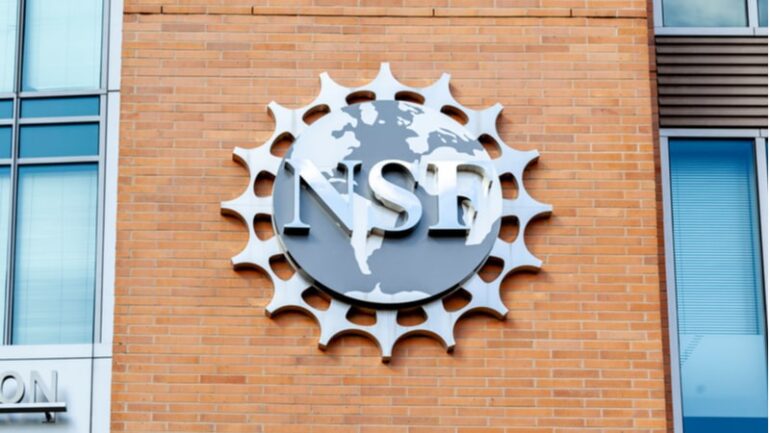TL;DR:
- NSF partners with tech giants like Nvidia, Microsoft, and Google for the National Artificial Intelligence Research Resource (NAIRR) pilot program.
- NAIRR aims to create a national AI resource for researchers and educators, bolstering US leadership in AI research.
- Leading AI companies and federal agencies, including DARPA and NASA, are part of this two-year program.
- NAIRR is a result of President Biden’s AI executive order and will shape future government-private sector AI collaborations.
- The program provides vital AI infrastructure and resources to communities nationwide, addressing resource concentration issues.
- NAIRR enables diverse applications, from large model validation to enhancing AI education.
- Tech companies offer in-kind contributions, supporting research, grants, and computing resources.
Main AI News:
The National Science Foundation (NSF) has made a groundbreaking announcement, forging partnerships with leading tech giants, such as Nvidia, Microsoft, Google, and several others, to launch the National Artificial Intelligence Research Resource (NAIRR) pilot program. In a move aimed at propelling the nation to the forefront of AI research and innovation, this initiative is set to shape the landscape of AI technology in the business and academic realms.
The NAIRR pilot program has been meticulously crafted by the NSF to serve as a cornerstone for researchers and educators. Its primary mission is to provide them with unfettered access to cutting-edge AI technologies, ensuring that the United States maintains its leadership in the dynamic field of AI. This bold endeavor is poised to bring about transformative advancements in AI research.
The roster of participants in this two-year pilot program reads like a who’s who of the AI world. Esteemed companies and nonprofits, including Amazon, Anthropic, Hugging Face, IBM, Intel, Meta, Microsoft, Nvidia, OpenAI, and Palantir, have all joined forces. Their collective expertise and resources will be instrumental in driving the program’s success.
Notably, federal agencies are also playing a pivotal role in this initiative. Organizations like the Defense Advanced Research Projects Agency (DARPA), the Department of Defense, the Department of Energy, NASA, the National Institutes of Health, the National Oceanic and Atmospheric Administration, and the Department of Agriculture are actively participating. Their involvement underscores the federal government’s commitment to fostering AI research and development.
NAIRR’s inception can be traced back to President Biden’s AI executive order, and it is poised to become a blueprint for future collaboration between the government and the private sector in advancing AI technologies. The program embodies a vision where innovation knows no bounds, and economic growth is ignited.
NSF Director Sethuraman Panchanathan emphasized the significance of this initiative, stating, “By investing in AI research through the NAIRR pilot, the United States unleashes discovery and impact and bolsters its global competitiveness. To continue leading in AI research and development, we must create opportunities across the country to advance AI innovation and strengthen educational opportunities, empowering the nation to shape international standards and igniting economic growth.”
At its core, NAIRR will serve as a shared national infrastructure, providing communities across the nation with the requisite hardware, models, and resources to foster the growth of the AI ecosystem. The program addresses a critical issue—the concentration of AI resources that have become inaccessible to many, including smaller colleges and institutions in rural areas and territories.
The potential applications of this initiative are vast and far-reaching. Whether it’s enabling AI researchers to delve into the validation and verification of large models or empowering lecturers from community colleges and minority institutions to offer students access to AI systems, NAIRR will pave the way for innovation on multiple fronts.
It is noteworthy that tech companies are contributing to this initiative not through monetary compensation but by making valuable in-kind contributions alongside government agencies. Amazon supports 20 research projects, Anthropic offers access to its Claude model for climate change research, Hugging Face provides 100 compute grants, IBM contributes datasets and benchmarks, Microsoft offers $20 million in compute credits through Azure, and Nvidia extends $30 million in support, including $24 million worth of computing for its DGX platform.
Conclusion:
The National Artificial Intelligence Research Resource pilot program stands as a testament to the power of collaboration. The synergy between government agencies and tech giants is poised to accelerate AI research and innovation, ensuring that the United States remains at the forefront of this transformative field. This initiative will undoubtedly shape the future of AI and its impact on businesses, academia, and society as a whole.

